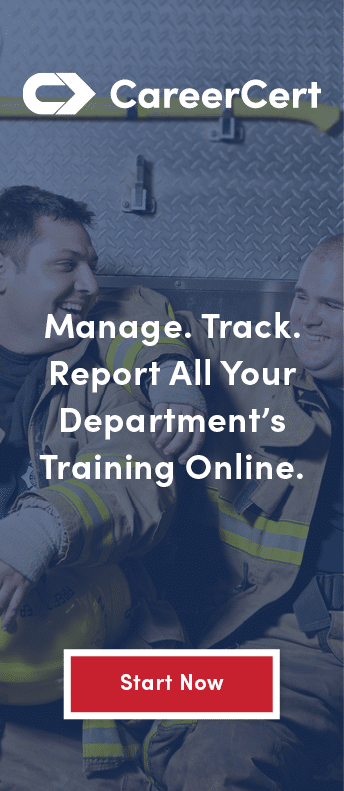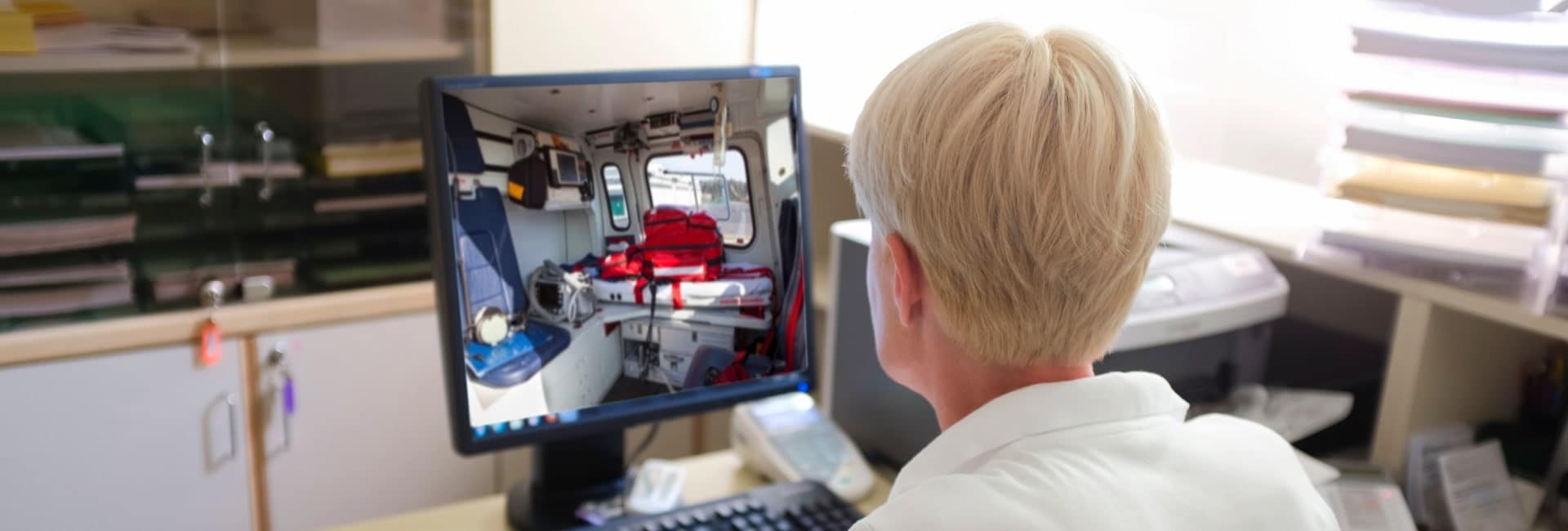Instructor Tips: 6 Ways to Make EMS Education Engaging
 One of the hardest things we do in EMS is refreshing or renewing our certificates. We deal with state and national requirements, “alphabet” cards, local protocols, and the list goes on and on, seemingly forever. Why do we do this? Because we must. To stay at the forefront of our craft, we must keep current, updated, and informed.
One of the hardest things we do in EMS is refreshing or renewing our certificates. We deal with state and national requirements, “alphabet” cards, local protocols, and the list goes on and on, seemingly forever. Why do we do this? Because we must. To stay at the forefront of our craft, we must keep current, updated, and informed.
One of the complaints that I have heard over the years in various classes, in various states, is that it seems the materials are always the same. Oh, there are changes, but usually so small, or so far between the last one, that it becomes boring to us to review or relearn. We seem to spend countless hours relearning “what we already know.”
How many of you have sat in a class and thought, “I would rather have a root canal than listen to this monotone all day”? Or, “This hasn’t changed in the last 20 years; why am I taking this class?”
As educators, we have a responsibility to present the best, most up-to-date, recent information to our students. We influence the way that practitioners take care of patients, interact with other medical professionals, the general public, and each other. Some of them are preceptors or local educators as well. That’s why it’s crucial that we focus on creating a learning environment that is engaging as well as educational.
How do we, as educators, make recertification fun, stress-free, and interesting?
Be thoughtful about your appearance and delivery.
First, make yourself interesting. I don’t mean wear a clown suit. Dress comfortably but professionally for the occasion. One of the biggest turn-offs for me as a student is to see an instructor who tries to set themselves above their students, in tone or dress. Speak with authority, but don’t establish yourself as intimidating or threatening. Be aware of your presence.
Ask yourself: how do I appear to the students? Am I gruff and mumbly? High-pitched and whiny? Monotone? Unapproachable? Balance is the key to keeping interest. Vary your delivery, accentuate important points, keep students focused on you and the task at hand: learning!
Establish a connection and credibility.
Second, have a fun introduction for yourself. Give the class a brief work history and background and throw out some fun facts about your career. Show them that you have been in their shoes, you’ve “worked the streets,” or have some experience or opportunity that ties into the group and subject you are teaching. Keep these connections going throughout your instruction. Use examples, case studies, and real-life experiences to help your students understand the application and impact of what you are teaching them.
Make learning stress-free.
Make learning as stress-free as possible. We work in a very stressful business, with serious cases, complications, and outcomes. Why should the information we are providing, and the time students give up becoming better providers, be stressful?
Remember, some, if not all of your students, may be from different systems, with different policies and procedures, or with different certification levels, but they all have one thing in common: they all want to learn. Yes, there may be a test or quiz at the end of the course but do what you can to take the stress out of learning! This can help the EMTs, EMRs, or paramedics you teach develop the desire to be life-long learners.
Promote student interaction and involvement.
Involve the students. Ask questions, have them formulate answers, have them teach you and the other students as well. Let them give an example of a situation for the group to discuss to help your students learn from diverse situations and points of view. Facilitate small group discussions. Have your students interact. When students aren’t asked for answers, replies, or examples, their minds tend to wander, and you’ve lost them as students.
Keep your technologies mixed and varied.
How many of you remember your initial educator training? What was one of the first things your instructor explained about making presentations? In my class, we had to use 3 different types of media for our final presentation.
Many EMS classes, especially those that are online, tend to fall into the trap of death by PowerPoint. Don’t get me wrong; I love PowerPoint, as it has many different uses and options. However, as I have stated above, we need to keep students interested.
Changing up your presentation, whether through other visual aids, sound effects, case studies, notes/dictation, real-life scenarios, short video clips, polls, discussions, etc. can keep students interested and deepen their level of learning. Some classes I teach have a poll at the beginning. This can help break the ice, even if the topic does not pertain to the class, i.e. favorite flavor of ice cream. (Mines Rocky Road, in case you were wondering.)
Another way to engage students, especially if you are a VILT instructor and have a response chat, is to ask questions. Get answers; discuss the subject. See what people are doing, or not doing, in different systems. Sometimes you may be surprised by the variety of answers as to what is going on somewhere other than your system. Again variety is the spice of life—and education.
Help your students learn outside of the classroom.
Give them ideas of subjects or articles to read out of class, something to pique their interest and provide them with the tools to self-learn and become better providers. In this day and age, we have overly copious amounts of technology that can help you and your students with learning, especially outside of the classroom. During lectures or discussions, have a list of websites, articles, books, or other information that pertains to the discussion handy.
Have the students present the same. Ask them if their local systems have a website, since learning from each other, and from different systems, can help us become better providers. Remember, up-to-date information and evidence-based medicine is the way to go. Use search engines, but also remember to use credible and verifiable sites!
In conclusion, we as educators are given a difficult although important task: To educate not only the current practitioners and educators but the future and upcoming ones as well. We need to keep people involved and open-minded. We need to provide instruction that builds better providers and improves outcomes.
And to do that, keep it light; keep it fun; keep it interesting!
 Marc L. Cohen—NRP, CCEMT-P, FFII, HAZMAT Tech, WoW Dwarf Paladin—has over 38 years of experience in the EMS industry and 9 years of experience in the fire service. Marc served as a critical care paramedic, a supervisor, and an American Heart Association instructor before joining CareerCert. His passion for the industry, knowledge, and expertise make him engaging and entertaining as an educator. His responsibilities have spanned all areas of the field.
Marc L. Cohen—NRP, CCEMT-P, FFII, HAZMAT Tech, WoW Dwarf Paladin—has over 38 years of experience in the EMS industry and 9 years of experience in the fire service. Marc served as a critical care paramedic, a supervisor, and an American Heart Association instructor before joining CareerCert. His passion for the industry, knowledge, and expertise make him engaging and entertaining as an educator. His responsibilities have spanned all areas of the field.


